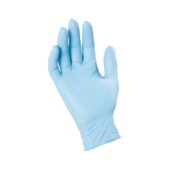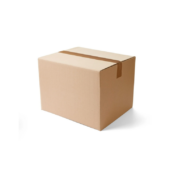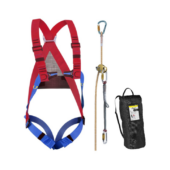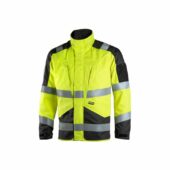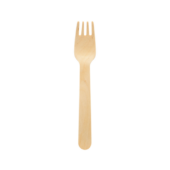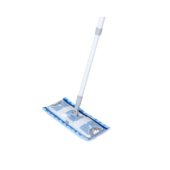Winter work can be uncomfortable and potentially unsafe without proper hand protection. Cold environments can lead to challenges like reduced dexterity and discomfort.
Winter work gloves, also known as thermal gloves or insulated gloves, are designed to solve these issues by providing warmth, safety, and flexibility for tasks like handling tools or operating machinery.
By the end of this guide, you’ll have all the essential knowledge to choose the perfect pair of gloves tailored to your needs.
As a bonus, we’ll also help you explore complementary winter gear, ensuring your entire cold-weather work outfit is optimized for comfort and efficiency.
Explore our full range of Winter Work Gloves here.
Key Features to Consider in Winter Work Gloves
Comparison Chart: Glove Materials and Their Applications
Before diving into the chart, consider the specific environments and tasks that different glove materials are suited for.
For instance, leather gloves excel in construction or heavy-duty tasks due to their durability and resistance to abrasion. Synthetic gloves are a go-to for wet conditions as they offer lightweight comfort and water resistance, making them ideal for logistics work.
For precision tasks, knitted gloves provide excellent dexterity and comfort, suitable for lighter, detail-oriented jobs.
In extremely cold outdoor tasks, insulated fabric gloves stand out with their high thermal efficiency.
Lastly, rubber-coated gloves are indispensable in agricultural work or handling chemicals, offering both grip and chemical resistance.
| Material | Best For | Key Features |
| Leather | Heavy-duty tasks, construction | Durable, abrasion-resistant |
| Synthetic | Wet conditions, logistics | Lightweight, water-resistant |
| Knitted | Precision tasks, light work | Flexible, good dexterity |
| Insulated Fabric | Extreme cold, outdoor tasks | High thermal efficiency |
| Rubber-Coated | Chemical exposure, agriculture | Chemical resistance, good grip |
Choosing the right pair involves assessing your work environment and tasks. The factors outlined below align closely with the material options listed in the chart above, helping you determine which gloves offer the best combination of durability, insulation, and protection for your specific needs:
- Material
The choice of material plays a crucial role in the performance of winter work gloves. Leather offers durability and abrasion resistance for heavy-duty tasks, while synthetic materials provide water resistance for wet conditions.
For more detailed insights, refer to the chart above, which breaks down materials and their best applications. - Insulation Type
- Thinsulate: Lightweight but highly effective in retaining warmth. Understand insulation technologies here.
- Primaloft: Known for superior thermal efficiency and softness.
- Waterproofing
- Look for gloves with a waterproof membrane to protect against wet conditions.
- Look for gloves with a waterproof membrane to protect against wet conditions.
- Grip and Dexterity
- Ensure the gloves allow for a secure grip on tools and materials without compromising movement.
- Ensure the gloves allow for a secure grip on tools and materials without compromising movement.
- Safety Features
- Options like impact protection or cut resistance are critical for certain tasks.
Sizing and Fit
Proper fit ensures maximum efficiency and comfort. Measure your hand circumference around the knuckles and match it to the sizing chart below:
| Size | Circumference (cm) |
| Small (S) | 18-20 |
| Medium (M) | 20-22 |
| Large (L) | 22-24 |
| Extra Large (XL) | 24-26 |
Industries and Applications
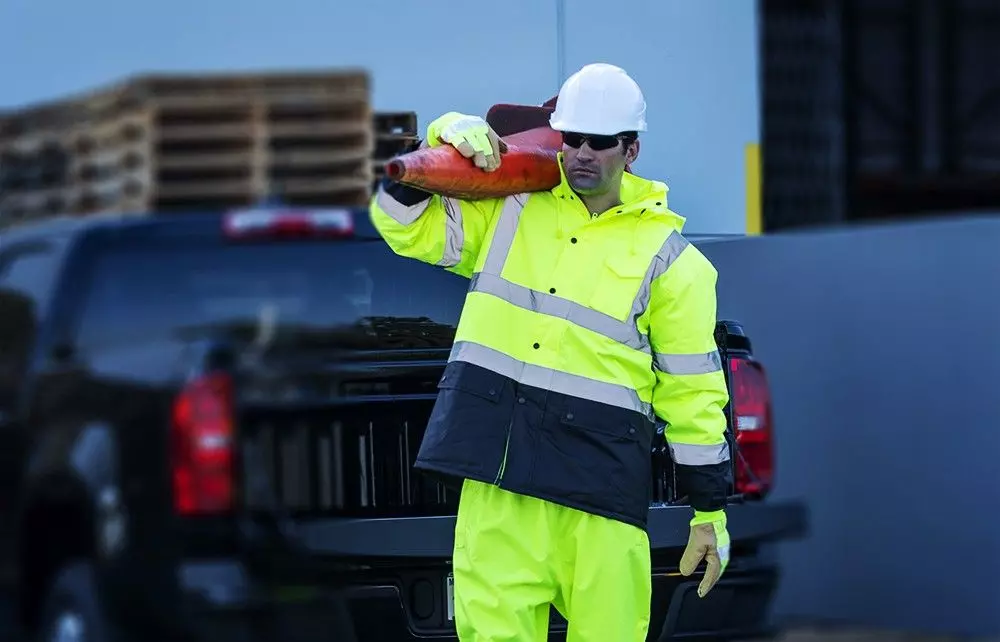
Winter work gloves are versatile and serve various purposes across industries:
- Construction: Handling tools and materials in outdoor settings. For extreme cold, gloves with Thinsulate insulation and leather exteriors provide durability and warmth.
- Manufacturing: Operating machinery in cold environments. Consider gloves with impact resistance and a strong grip.
- Warehousing and Logistics: Loading and unloading goods in unheated spaces. Waterproof and flexible gloves are ideal.
- Agriculture: Working with livestock and handling farm equipment. Opt for gloves with reinforced palms for better grip and durability.
Recommendations for Specific Scenarios
- Extreme Cold Conditions
- For sub-zero temperatures, gloves with dual-layer insulation, such as Thinsulate, are ideal. They provide effective warmth without adding bulk.
- Wet Environments
- Choose waterproof gloves with sealed seams to keep your hands dry while ensuring grip on slippery surfaces. Helly Hansen offers excellent waterproof options.
- Precision Tasks
- Opt for thinner gloves with high dexterity for handling small tools or devices. Knitted gloves with thermal lining work well here.
- Heavy-Duty Work
- For tasks requiring strength, leather gloves with reinforced stitching offer protection and durability, especially in construction or agriculture.
Top European Suppliers
Here are some of the top suppliers of winter work gloves in Europe:
Explore their catalogs for a variety of high-quality options.
Complementary Winter Workwear
For comprehensive winter protection, consider pairing your winter work gloves with other essential gear:
- Winter Safety Shoes for insulated footwear.
- Winter Work Jackets to keep your torso warm.
- Winter Work Pants for lower body insulation.
- Winter Overalls for full-body protection.
Read our related guides:
- How To Choose Work Jackets For Winter
- How To Choose Work Pants For Winter
- Work Overalls For Winter: The Ultimate Guide
- How To Choose The Right Winter Safety Shoes
Maintenance Tips for Longevity
- Clean Regularly: Wash gloves according to manufacturer guidelines to maintain insulation and grip.
- Store Properly: Storing gloves in a dry, cool place helps maintain their effectiveness and longevity.
- Inspect Frequently: Check for signs of wear and tear to ensure continued protection.
Conclusion
We hope this guide has made it easier to navigate the essential considerations for choosing the best winter work gloves, from insulation and material to fit and application. Whether you’re safeguarding your hands in construction, manufacturing, or any other industry, we’ve got you covered with trusted brands like Helly Hansen and Portwest.
Explore the full range of Winter Work Gloves on Droppe, where safety meets quality and comfort.
Have more questions or need help finding your ideal winter gear? Reach out to us—we’re here to ensure you’re equipped for every cold-weather challenge. And when you’re ready to complete your winter workwear setup, check out our guides on jackets, pants, and safety shoes.
– The Droppe Team
Frequently Asked Questions (FAQ)
Measure your hand circumference around the knuckles and compare it to the sizing chart (Small: 18-20 cm, Medium: 20-22 cm, Large: 22-24 cm, XL: 24-26 cm).
Leather gloves are durable but not ideal for wet conditions unless treated for water resistance. For wet environments, choose synthetic or waterproof gloves.
Clean gloves as per manufacturer instructions, avoid excessive moisture, and store in a dry, cool place to preserve insulation.
Yes, many winter gloves have touchscreen-compatible fingertips for device use without removing them.
Insulated gloves work well for most cold conditions, but heated gloves with battery-powered elements are better for sub-zero temperatures.




